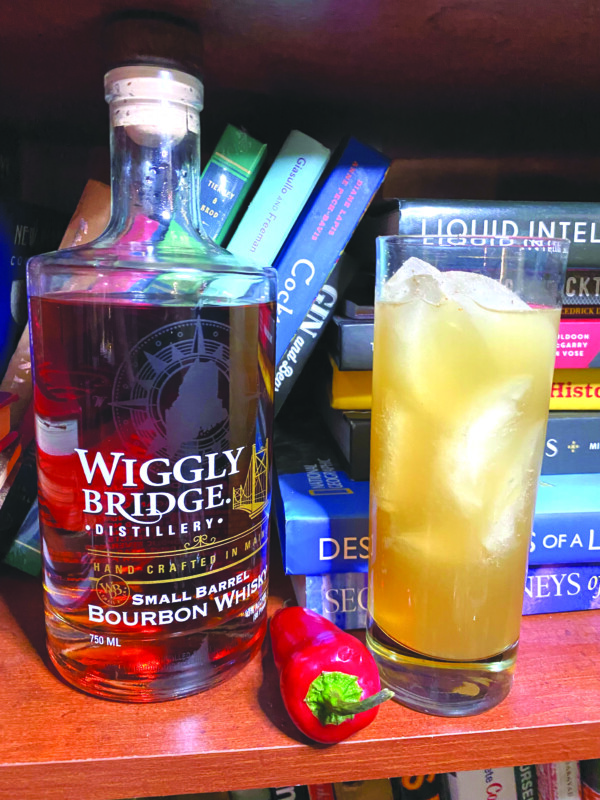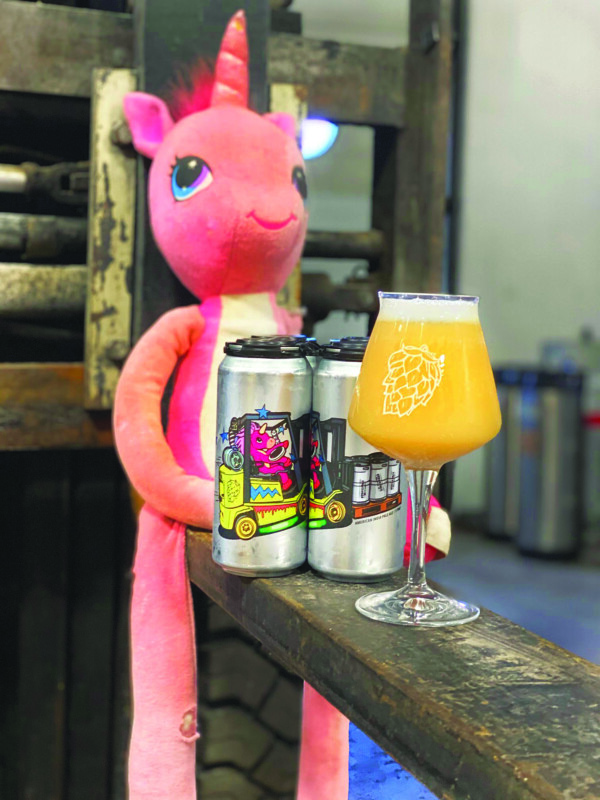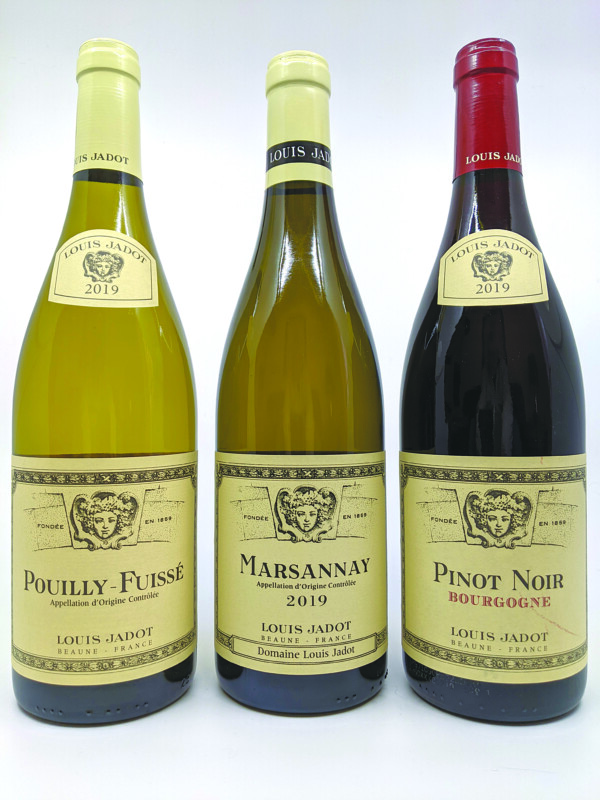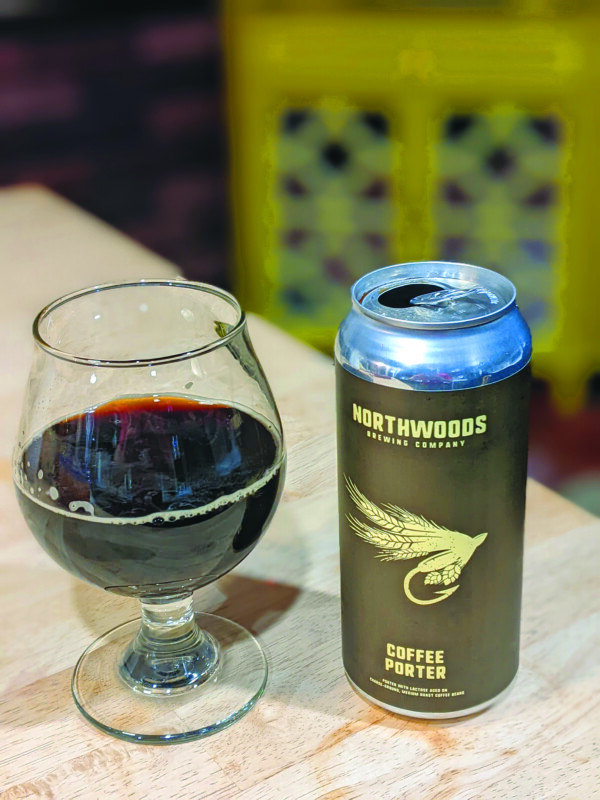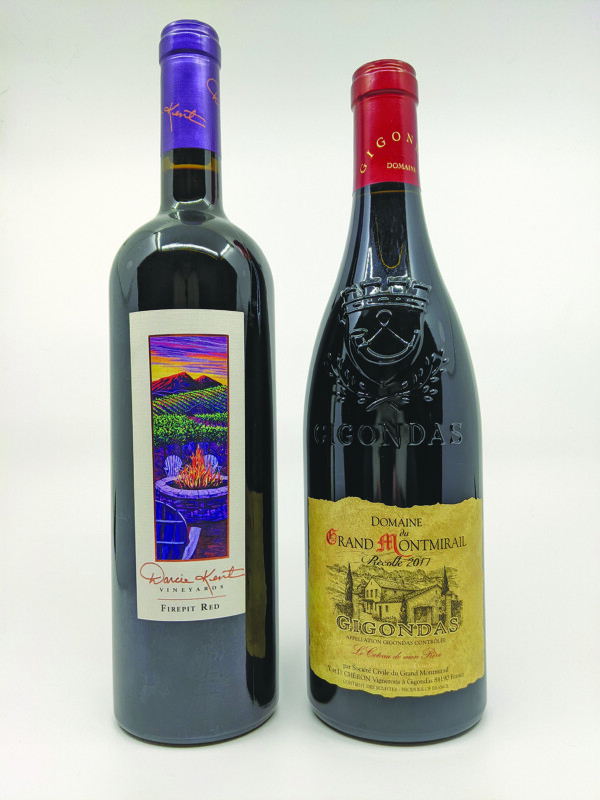I blame Forged In Fire.
Granted, I’ve always had a weakness for television competition shows where people make things and are nice to each other — The Great British Bake-Off obviously, and its ceramic counterpart, The Great Pottery Throw-Down. And it goes without saying that I’m a fan of Making It, Amy Poehler and Nick Offerman’s crafting show.
OK, yes. Also, the glass-blowing one.
And the science fiction makeup one.
And — I think you get the idea.
Anyway Forged In Fire is sort of like Chopped for metal-smiths. Brawny men with hammers are given a ridiculous piece of metal — a box of random tools from a flea market, a cement mixer, half a bicycle — and a few hours to forge it into a knife, a sword, or maybe a ninja assassination weapon. The judges then put the weapons through insane challenges like hacking through a castle drawbridge, or elk antlers, or ballistic gel dummies, and everyone hopes they don’t shatter. It’s crazy.
A little like inventing new cocktails each week.
After I wrote a few weeks ago that I was out of bourbon, several very generous people have given me bottles of bourbon.
(I would like to take this opportunity to announce that I also do not have an apartment above a used book shop, around the corner from a Manhattan jazz club.) (As long as I’m wishing, Minnie Driver would be the bartender.)
Given my new wealth of bourbon, it made sense to find a recipe to use it in. I found a bourbon-based punch that I like the sound of, but it has two significant drawbacks: (1) It’s called a Tomahawk Punch, which seems problematic; and (2) I’m something of a connoisseur of bad decisions, and the idea of making a gallon of this stuff brings on a familiar and dangerously comfortable feeling.
This needs to be reconfigured, much like the engine block from a ’72 Matador that I’m supposed to turn into a set of X-Acto knives.
The original recipe calls for a fairly pricey ancho chile liqueur — which I’ve replaced with Fresno-infused rum — and sparkling cider, which I think would be a little more sweet than I’m looking for, so I’ve replaced it with an aggressively bubbly club soda.
Suburban Anvil
- 2 ounces bourbon — Right now, I like Wiggly Bridge, a solidly dependable label. I’ve been a fan of their gin, and their bourbon has not let me down.
- ¾ ounce Fresno-infused rum — see below
- 1 ounce fresh-squeezed lime juice
- 1 ounce honey syrup
- 1½ ounce Topo Chico mineral water
- Fresh grated nutmeg and cinnamon, for garnish
Shake bourbon, rum, lime juice and syrup over ice.
Pour mixture, with ice, into a Collins glass.
Top with mineral water and stir gently.
Garnish with a pinch each of fresh-grated nutmeg and cinnamon.
This punch is definitely bourbon-forward, but it is the lime juice that takes the starring role. This starts out tasting fruity, but the spices — the nutmeg especially — take things in an unexpected direction. The bubbles keep it light, and you are left with a hint of heat from the Fresno rum.
You can’t reliably count on porch weather quite yet, but if we have a sunny afternoon this week, you could do worse than knocking off work early and wrapping yourself around a couple of these.
Fresno-infused rum
I’ve gone on about this before, at length, but lacking a dependable supply of spicy, flavorful jalapeños, your best bet for a pepper to infuse into alcohol is bright red Fresno chiles.
Roughly chop three-four Fresno chiles and add them to a quart-sized jar.
Top the jar off, to an inch or two from the top, with a lower-shelf white or silver rum. The flavor of the Fresnos will blow out any delicate tasting notes from a more expensive rum.
Seal the jar and shake it. Store someplace cool and dark, shaking twice per day. Taste after four days, then every day thereafter, until it suits your taste. Strain and bottle.
Honey syrup
Bring equal amounts (by volume) of honey and water to a boil. Boil for 10 or 15 seconds to make sure that the honey is completely dissolved.
Cool and bottle. This will keep for about a month in your refrigerator.
Featured photo: Suburban Anvil. Photo by John Fladd.

